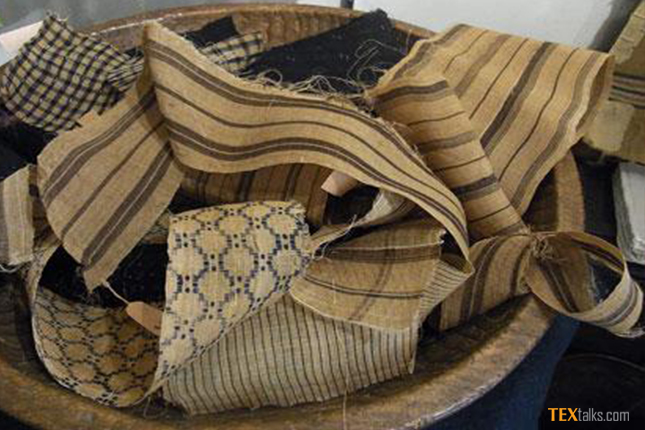Researchers at OIST and the University of the Ryukyus have scientifically analyzed traditional materials and processes involved in the production of Okinawan Basho-fu textiles.
These researchers from Okinawa Institute of Science and Technology Graduate University (OIST), in collaboration with the University of the Ryukyus and the Kijoka Basho-fu Association, are trying to characterise Basho-fu materials, the traditional secret to keeping cool in subtropical island of Okinawa. Basho-fu is a textile fabric made from banana plant fibres. The team is also comparing traditional and laboratory Basho-fu production processes.
In a paper, recently published in the Journal of Fiber Science and Technology, the researchers used one of OIST’s Scanning Electron Microscopes to observe the structure of the Basho-fu materials in high-resolution. They also used other analytical techniques, such as X-ray diffraction, to investigate aspects of the chemical structure of the material, including crystallinity and molecular bonds.
“The first finding was that the outer part of the harvested leaf sheaths, which is the part of the plant used to make Basho-fu textiles, contains many vascular bundles,” says Nomura, lead author of the paper. Vascular bundles are collections of conducting vessels used to transport water and nutrients in the plant. The presence of vascular bundles in Basho-fu material makes it highly breathable, keeping the wearer cool on hot days by allowing sweat to evaporate through pore-like structures.
“Next, the researchers compared Basho-fu materials that had been made using the traditional degumming process with those made using modern laboratory methods,” said Nomura. Degumming is one of the refining steps in the long and complicated traditional Basho-fu production process. The researchers found that, although the vascular bundles remained in the material after both traditional and laboratory degumming processes, the laboratory-made materials were lower in quality.
Material that had been subject to laboratory degumming showed some additional changes compared with material that had been traditionally degummed. For instance, some of the vascular bundles in the laboratory-treated material were flattened, with fewer air voids. This shows that the traditional process of degumming is milder than the laboratory process, retaining more air voids and therefore maintaining greater breathability. Although the traditional method is more difficult and time-consuming, it is more delicate and produces Basho-fu textiles of better quality.
The next step is to analyse other features of the Basho-fu fibres and other steps in the long production process. Present and future studies of banana tree fibres will help to conserve the traditional Okinawan craft of Basho-fu, and may also aid the development of new textile materials.



